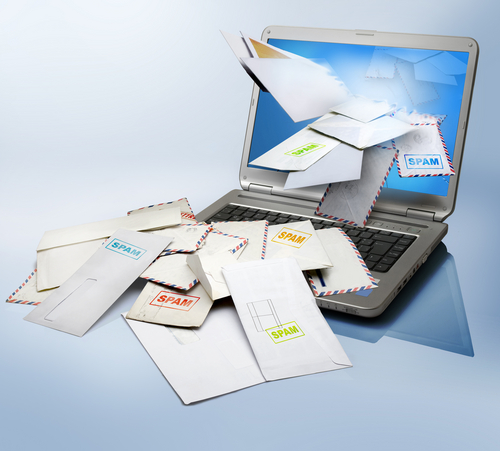[AUDIO VERSION: This is an audio version of this blog post. Click below to listen.]
During the Christmas holidays, my mother received this email from a well-meaning friend. Since her daughter works for the most trusted security company in the world, she immediately asked me about the authenticity of the message.
Here’s the email:
Subject: VIRUS COMING !
Hi All,
PLEASE FORWARD THIS WARNING AMONG FRIENDS, FAMILY AND CONTACTS!
You should be alert during the next few days. Do not open any message
with an attachment entitled POSTCARD FROM HALLMARK , regardless of who sent it to you.
It is a virus which opens A POSTCARD IMAGE, which ‘burns’ the whole
hard disc C of your computer.
This virus will be received from someone who has your e -mail address
in his/her contact list.
This is the reason you need to send this e -mail to all your contacts.
It is better to receive this message 25 times than to receive the virus
and open it.
If you receive an email entitled “POSTCARD,” even though it was sent to
you by a friend, do not open it! Shut down your computer immediately.
This is the worst virus announced by CNN.
It has been classified by Microsoft as the most destructive virus ever.
This virus was discovered by McAfee yesterday, and there is no repair
yet for this kind of Virus.
This virus simply destroys the Zero Sector of the Hard Disc, where the
vital information is kept.
COPY THIS E-MAIL AND SEND IT TO YOUR FRIENDS.
REMEMBER: IF YOU SEND IT TO THEM, YOU WILL BENEFIT ALL OF US
This particular email has been around for years, and you have probably seen one of its incarnations. Although there are real incidents of malware being distributed via e-cards, this is a bogus, unsubstantiated hoax.
 The language is quite strong – phrases like the worst virus and the most destructive virus ever are sure to get the attention of security-minded people. The problem is that the email fails to provide any authentic details to learn more about the threat, just vague announcements and classifications.
The language is quite strong – phrases like the worst virus and the most destructive virus ever are sure to get the attention of security-minded people. The problem is that the email fails to provide any authentic details to learn more about the threat, just vague announcements and classifications.
“The email doesn’t actually mention a specific virus,” said Jan Zika, an Avast Virus Lab analyst. “Sure some viruses use the “Postcard” social engineering method to trick users to click the link, but this email has been circulating for a couple of years now, and it never says which virus it is.”
The email does say what the virus can do, This virus simply destroys the Zero Sector of the Hard Disc, where the vital information is kept, and it burns the whole hard disc C of your computer. Pretty scary stuff!
“No, it cannot burn anything, and no, it is not most destructive virus ever,” said Zika. His advice? “It’s best to avoid such messages unless you can confirm that the threat is real.”
Protect yourself against email hoaxes
- Keep you antivirus protection up-to-date and scan regularly for viruses and malware. Both Avast Internet Security and Avast Premier include anti-spam filters to keep your inbox free of this kind of nonsense.
- Use caution when opening attachments or downloading files. Double check that it’s from a sender you know and trust.
- Before clicking on any links or attachments, try to verify that the email came from a legitimate source. If you can’t, then don’t click.